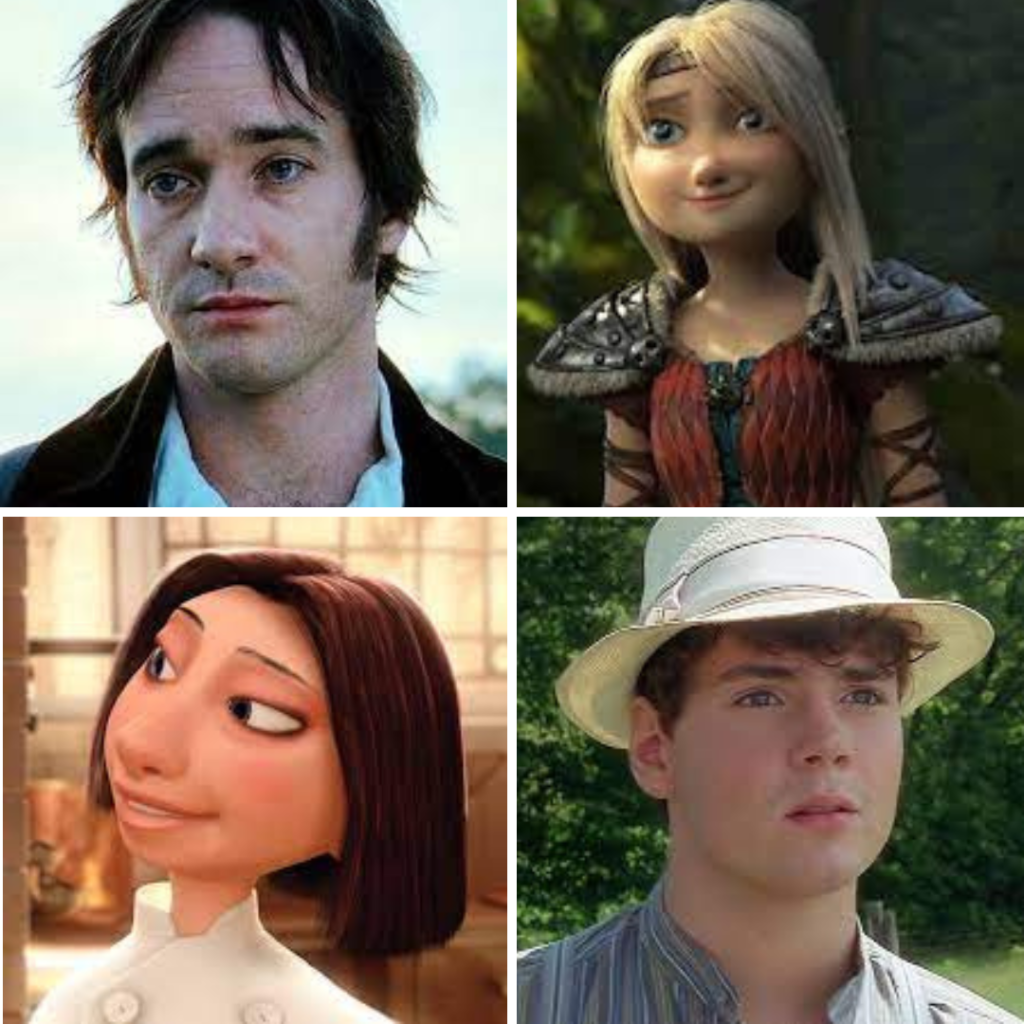Today, we’re going to be talking about the Love Interest character, and how you can use examples from fiction and the Bible to help you write them better.

The Love Interest character is someone who is attracted to the MC (or vice versa… or both). Depending on the story, they can take on many different roles, and they are found in all different genres of books and movies.
Let’s take a look at a few tips you can use to create a Love Interest character:
- Personality
Whenever you’re writing any type of character, make sure that they aren’t totally defined by their stereotype. Even though the Love Interest character is a love interest, that doesn’t mean they don’t have a unique personality.
So, bottom line, make sure that you’re treating them like a normal human being. They have their quirks, likes, dislikes, and beliefs. And, while—within the story—they play the role of Love Interest, they can also play other roles at the same time.
In the Bible, we see Abigail as an example of this. When she’s first introduced, it’s not really indicated that she’ll one day marry David. What’s more important at the time of her introduction is her wise advice and brave actions… the romance comes later on.
This is the same with Captain von Trapp in the movie “The Sound of Music.” He’s an antagonist, contagonist, and even somewhat of a sidekick before he becomes the Love Interest. It’s important that the viewers see him as the character he is before introducing the romance subplot.
- Truth vs. Lie
As usual, you’ll need to figure out what arc they’re going to be on. Are they a Flat Arc who guides the MC through their journey, or are they a Positive Change Arc who grows either along with the MC or because of the MC? Determining their arc will also help to decide their role in the story, which we’ll talk about later.
In the Bible, Boaz represents a Flat Arc, Truth-believing character. In addition to being the Love Interest character, he also serves as a protector for Ruth.
Marilyn in the movie “The Redemption of Henry Myers” also believes the Truth. She helps to guide Henry as he struggles with his Lie, eventually leading him to the Truth.
- Want vs. Need or Goal
It isn’t just the protagonist and antagonist who have things they want. As I’ve said before, every character has an agenda—a purpose they’re striving for. They might simply want the MC to notice them, or they could be competing against the MC for the same goal.
Of course, whether they have a Want or a Goal will depend on if they believe the Truth or the Lie. This will also determine how they go after that Want or Goal, and what they’re willing to do to get it.
In the Bible, we see that Isaac’s Goal in this case was to find a wife. While he doesn’t meet Rebekah until she arrives with the servant, that servant was acting on Isaac and Abraham’s behalf.
Astrid’s Want in the movie “How to Train Your Dragon” is to be the best Viking, which means killing lots of dragons. However, as Hiccup shows her that the dragons are harmless, she slowly begins to change.
- Role
As I mentioned before, the Love Interest’s arc will have much to do with their role in the story. A Love Interest character can be an antagonist, mentor, contagonist, co-protagonist, or sidekick. And, depending on how big the romance subplot is, their other role might even take precedence.
The Love Interest’s other roles in the story will have an effect on how they treat the MC, as well as on the different turns their relationship might take.
In the Bible, Gomer is almost an antagonistic character at first, as she leaves Hosea after becoming his wife. She also serves as a representation of Israel, and how the people had strayed from God.
In the “Anne of Green Gables” series, Gilbert Blythe also takes on many roles. First, he’s seen as almost an antagonist by the stubborn Anne. Later, he becomes more of a contagonist, then a sidekick and mentor, then, at last, a Love Interest.
- Ending
The ending for your Love Interest character will have a lot to do with their arc and role. However, it’s not limited to those. You can decide to end the story however you want… whether the characters get married, take their relationship to the next level, or even decide to break off their relationship.
In the Bible, Joseph decides to marry Mary and raise Jesus as his own. While this is technically not the end of the story, it does seem to be the ending of an important chapter, as the focus begins to switch more onto Jesus’ life.
In the book, “The Boy Colonel,” Colonel Nobody finally realizes his love for Liana and confesses that to her. He also tells her the secrets of his past that he has told no one else. This act of trust leads to the restoration and recommitment of their relationship.
Here are a few more examples of Love Interest characters from fiction:
- Eve (“Wall-E”)
- Mr. Darcy (“Pride and Prejudice”)
- Mr. Knightley (“Emma”)
- Charlotte Holloway (“Beyond the Mask”)
- Esther (“Ben-Hur”)
- Pacarina (“Brothers at Arms”)
- Briosa (“Rescue in the Rockies”)
- Catherine (“Fireproof”)
- Collette (“Ratatouille”)
- Zipporah (“The Prince of Egypt”)
- Princess Atta (“A Bug’s Life”)
- Celia (“Monsters, Inc.”)
- Professor Bhaer (“Little Women”)
- Cuthbert (“The Treasure of the Secret Cove”)
Comment below the Love Interest character from your favorite book or movie!

One response to “How to Write a Love Interest Character”
I’d have to say my favorite is Gilbert Blythe, because he pursues Anne (mostly) as a gentleman.